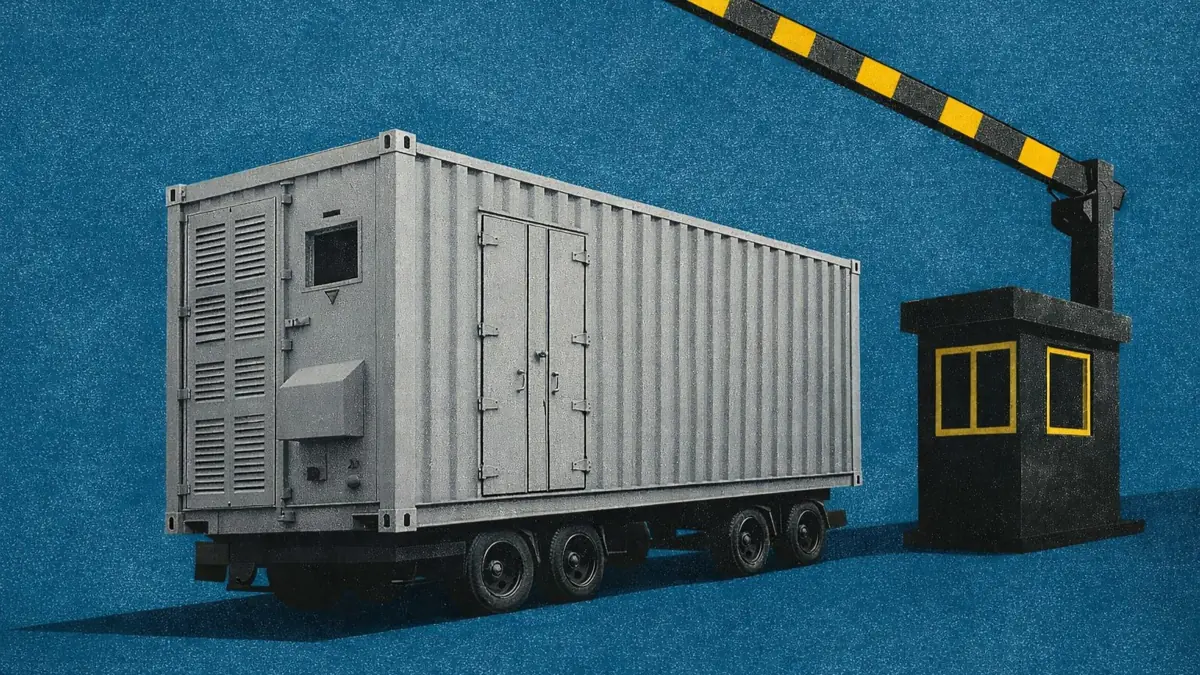ERCOT: A guide to Real-Time Co-Optimization
Executive Summary
- Real-Time Co-Optimization (RTC) could have reduced ERCOT system costs by nearly $6.5 billion between June 2023 and May 2024—a 19% saving.
- Under RTC, Energy and Ancillary Service awards will be made every five minutes in Real-Time, rather than being made solely in the Day-Ahead Market, increasing system flexibility.
- Battery storage systems will be modeled as a single integrated resource in ERCOT’s market, simplifying operations and allowing for greater trading flexibility.
Subscribers to Modo Energy’s Research will also find out:
- How Ancillary Service Demand Curves (ASDCs) will replace the ORDC and impact scarcity pricing.
- The pros and cons of ERCOT’s vs. the Independent Market Monitor’s proposed ASDC designs.
- The timeline for RTC implementation and key milestones leading up to the December 2025 go-live date.
To get full access to Modo Energy’s Research, book a call with a member of the team today.
Real-Time Co-Optimization could lead to a 19% decrease in system costs
The implementation of Real-Time Co-Optimization (RTC) means that ERCOT will begin to award Ancillary Service responsibility in the Real-Time Market, in addition to the Day-Ahead Market.
In a recent study, ERCOT found that RTC could have saved nearly $6.5 billion across the 12-month period from June 2023 through May 2024 - a 19% decrease in total costs.
And, across a less volatile period (September 2023 through August 2024), RTC would still have saved - or of total system costs.
Already a subscriber?
Log in







